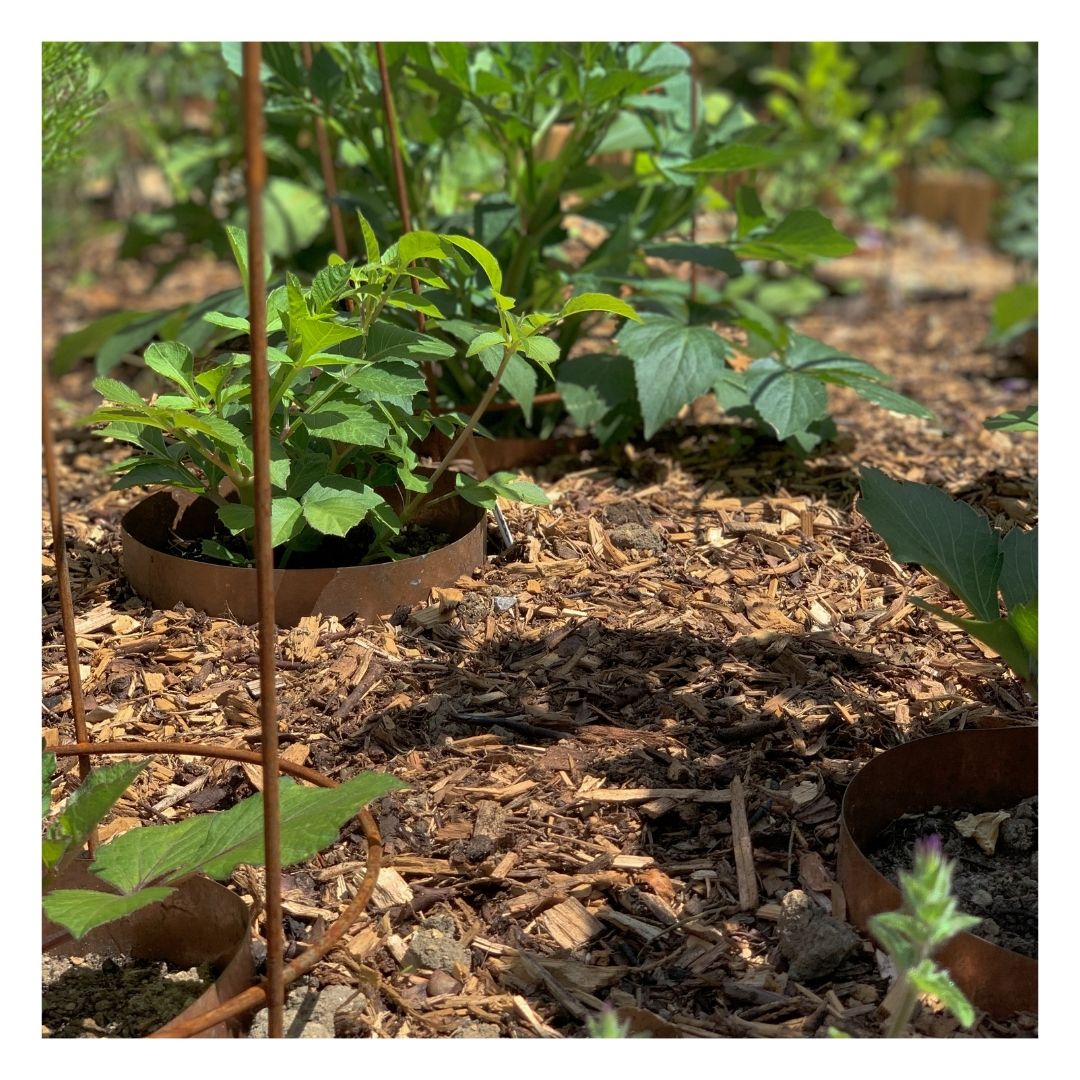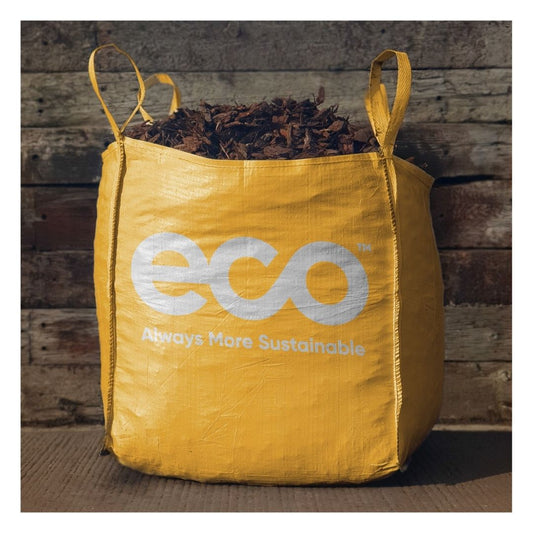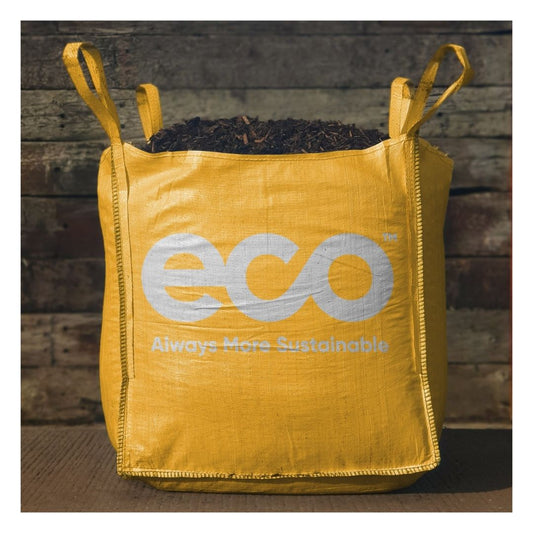Why autumn is a great time to apply mulch
Although you can put down mulch at any time of the year, it makes the most sense to perform this task during the autumn. The soil is warm and moist at this time of year and the mulch, when laid, will trap in the warmth and moisture, protecting your plants against the frosts of winter. Mulch will also help to prevent the soil from being washed away during any heavy rain and windy weather.
Below, in more detail, are the reasons we should all be applying mulch this autumn.
Insulation
It gets cold during the winter, and some of our beloved and precious plants might need a little extra insulation before the frost and snow hits. Mulch helps to insulate the roots of your plants, shrubs and trees, so during the winter frosts your plants will have extra warmth and protection in place so they can thrive again come spring. In the same vein, the mulch will help to keep the ground cool during high temperatures of the summer months, protecting the roots from getting too hot and perishing.
Weeds
Mulch helps to suppress weed growth, which ultimately saves you from performing tedious weeding tasks. By covering the soil, the mulch prevents light from getting to the weed seeds, so they cannot germinate and develop. However, mulch can also prevent weed growth in another way, by acting as a barrier to the soil, effectively stopping the weed seeds from coming into contact with the soil in the first place.
Moisture
Although we are talking about applying mulch during the autumn, the benefits of applying mulch don’t end during this season. Even biodegradable mulch, like bark chippings, will last well into the summer and beyond. This covering of mulch will help to retain moisture in the soil beneath which is invaluable during the dry, summer months.
Improves The Soil
Applying a biodegradable mulch like wood chip or bark nuggets will help to improve the condition of the soil beneath. As the mulch gradually breaks down it releases its nutrients into the soil below which are in turn absorbed by the plants (essentially the mulch is feeding soil which is then feeding the plants). So not only does the mulch improve the soil structure, it also improves the condition of the soil as well.
Other Benefits of Using Mulch
- It can help to deter some pests
- It’s very easy to apply, simply using a rake (or even your hands) to move it into place.
- It looks great when it’s in place, giving a lovely decorative finish to a garden, or park.
Types of Mulch
Mulch can be divided into two categories, biodegradable and non-biodegradable. In this blog we have been discussing the benefits of using biodegradable mulches, like wood chips, bark nuggets, even playground chip. However, non-biodegradable mulch can be used too. Although non-biodegradable mulch will offer no addition of fertility to the soil, they will still suppress weeds and help to retain moisture. At Eco we sell various varieties of eco organic mulch.Shop Eco Mulch & Bark
-
Eco Woodland Garden Mulch
Regular price £126.95 GBPRegular priceUnit price per -
Eco Mulch: Soil Improving Mulch
Regular price £121.95 GBPRegular priceUnit price per -
Eco Bark Nuggets
Regular price £196.95 GBPRegular priceUnit price per -
Eco Amenity Bark Mulch
Regular price £136.95 GBPRegular priceUnit price per













